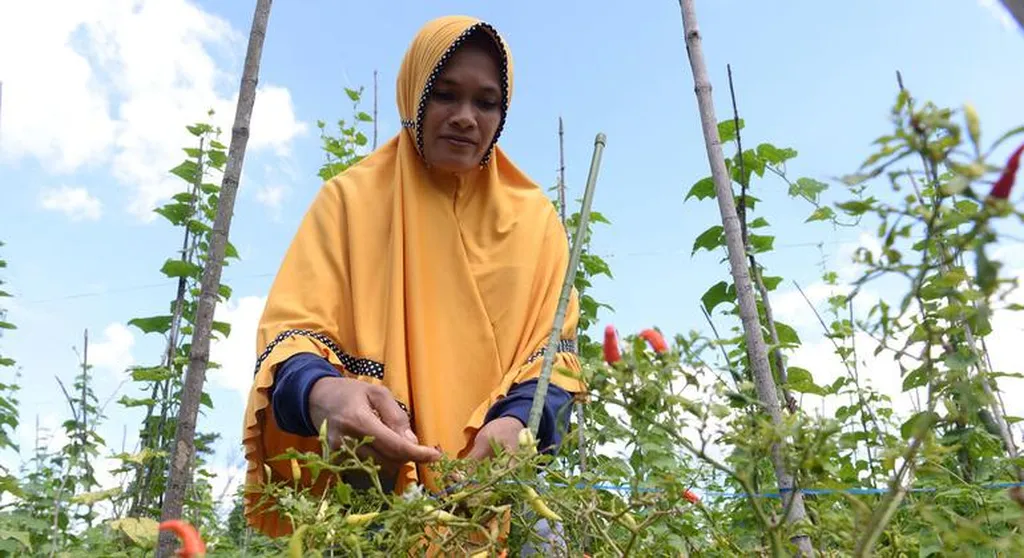In the heart of Pekalongan, Indonesia, a group of resilient bacteria is offering new hope for farmers battling soil salinity. A recent study published in *Caraka Tani: Journal of Sustainable Agriculture* has isolated and characterized five halotolerant plant growth-promoting rhizobacteria (PGPR) that could revolutionize agriculture in saline-impacted marginal lands. These bacteria not only survive but thrive in high-salinity conditions, providing a sustainable solution to a global agricultural challenge.
Soil salinity is a significant constraint on crop productivity, affecting over 20% of irrigated lands worldwide. Traditional methods of mitigating salinity often involve expensive and environmentally damaging practices, such as leaching or using chemical amendments. The discovery of these halotolerant PGPR offers a more sustainable and cost-effective alternative.
The study, led by Syarafina Ratna Putri from the Doctoral Program at Universitas Gadjah Mada, isolated five bacterial strains from saline soils. These strains, identified as *Bacillus subtilis*, *Priestia megaterium*, *Pseudomonas segetis*, *Bacillus pumilus*, and *Bacillus cereus*, exhibited a range of plant growth-promoting traits. These include nitrogen fixation, phosphate solubilization, indole-3-acetic acid (IAA) synthesis, siderophore release, cellulase activity, 1-aminocyclopropane-1-carboxylate (ACC) deaminase activity, exopolysaccharide production, and tolerance to salinity up to 9% NaCl.
“These bacteria are not just surviving in high-salinity conditions; they are actively promoting plant growth,” Putri explained. “Their ability to solubilize phosphate, fix nitrogen, and produce growth hormones like IAA can significantly enhance plant resilience under saline stress.”
The potential commercial impact of this research is substantial. Farmers in saline-impacted regions could see improved crop yields and healthier soils without the need for expensive and environmentally harmful interventions. The bacteria’s compatibility suggests they could be formulated as a consortium bioinoculant, making them easier to apply and more effective in the field.
In vivo pot experiments using sweet maize under saline conditions demonstrated the bacteria’s efficacy. The consortium application, particularly at a concentration of 10⁸ CFU ml⁻¹, significantly enhanced plant height, leaf surface area, and chlorophyll content. Moreover, the total microbial population in the soil increased proportionally with the inoculum density, indicating a positive feedback loop that could enhance soil health over time.
“This research opens up new possibilities for sustainable agriculture in marginal lands,” Putri said. “By harnessing the power of these halotolerant PGPR, we can improve crop productivity and soil health, ultimately contributing to food security and environmental sustainability.”
The findings of this study could shape future developments in the field of agritech. As the global population grows and arable land becomes scarcer, the need for sustainable and innovative agricultural practices will only increase. Halotolerant PGPR could play a crucial role in meeting this challenge, offering a sustainable solution to soil salinity and enhancing crop productivity in marginal lands.
The research, published in *Caraka Tani: Journal of Sustainable Agriculture*, represents a significant step forward in the quest for sustainable agriculture. As we face the challenges of climate change and food security, the discoveries made by Putri and her team offer a beacon of hope for farmers and agricultural innovators alike.

